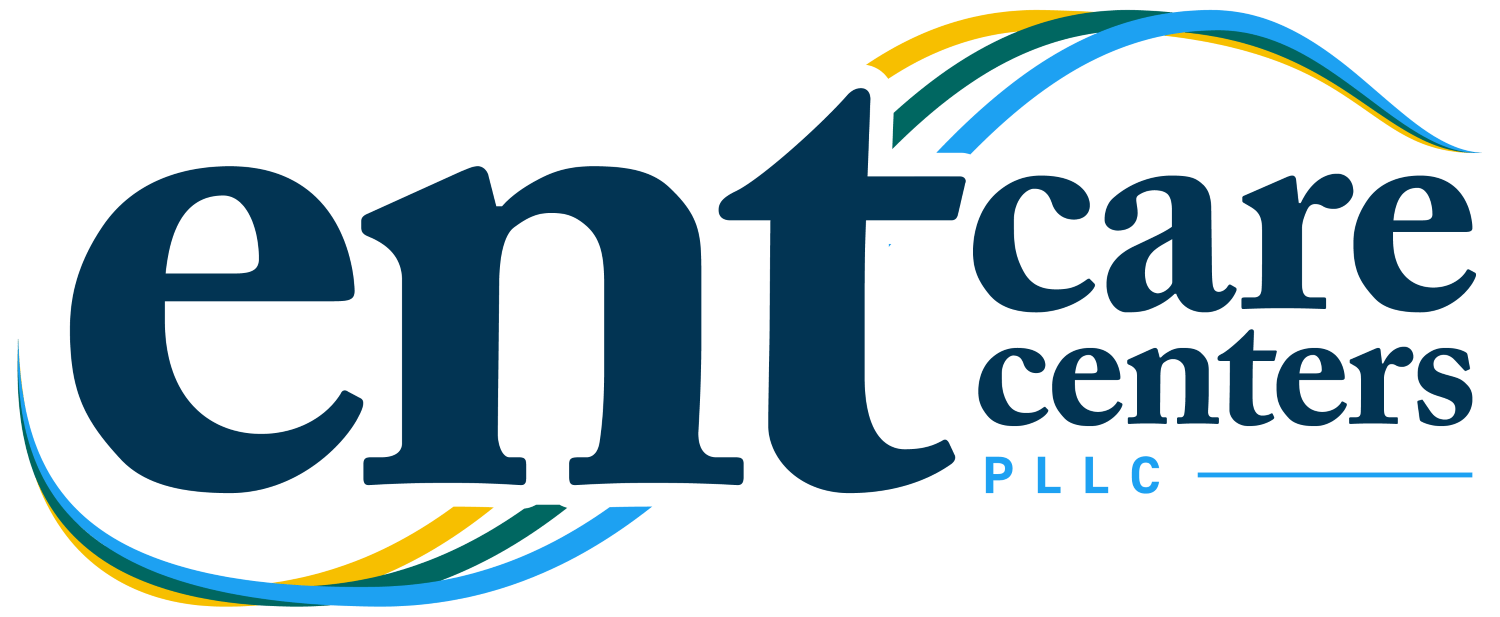Sleep Apnea
Are you finding it hard to get a good night's sleep? Sleep apnea could be the silent culprit. This common yet potentially serious sleep disorder impacts millions worldwide. Read on to understand this condition - from its causes and symptoms to diagnosis and treatment options.
What is Sleep Apnea?
Sleep apnea is a sleep disorder wherein a person experiences pauses in breathing during sleep. These pauses can last for a few seconds to minutes and may occur multiple times throughout the night. It is characterized by the obstruction or blockage of the airway, leading to breathing difficulties.
Common symptoms of Sleep Apnea
Some common symptoms of sleep apnea include:
- Loud snoring
- Gasping or choking during sleep
- Excessive daytime sleepiness
- Morning headaches
- Difficulty concentrating
- Irritability
It is important to note that not everyone who snores has sleep apnea, but persistent and loud snoring accompanied by other symptoms may indicate the presence of this sleep disorder. If you suspect you or a loved one may have sleep apnea, it is advisable to consult a healthcare professional for a proper diagnosis and treatment.
Types of Sleep Apnea
Obstructive Sleep Apnea (OSA)
- Most common type of sleep apnea
- Caused by a blockage or narrowing of the airway
- The muscles in the throat fail to keep the airway open during sleep
- Often accompanied by loud snoring and gasping for air
Central Sleep Apnea (CSA)
- Less common than OSA
- Occurs when the brain fails to send the proper signals to the muscles that control breathing
- Results in pauses in breathing during sleep
- Unlike OSA, it is not usually associated with snoring
Complex sleep apnea syndrome (CompSAS)
- Also known as treatment-emergent central sleep apnea
- It is characterized by the presence of both obstructive sleep apnea (OSA) and central sleep apnea (CSA) in the same individual.
- It occurs when someone with obstructive sleep apnea starts to experience central sleep apnea when they start using a continuous positive airway pressure (CPAP) device.
Causes and Risk Factors for Sleep Apnea
Obstructive sleep apnea occurs when the throat muscles relax, leading to a blocked airway.
Central sleep apnea, on the other hand, results from the brain's inability to send proper signals to the muscles responsible for controlling breathing. Risk factors for sleep apnea include obesity, smoking, family history of the disorder,
nasal congestion, and certain medical conditions such as hypertension and diabetes.
Diagnosing Sleep Apnea
When diagnosing sleep apnea, a comprehensive sleep study is typically conducted either at a sleep clinic or in the comfort of one's home. This study involves monitoring various parameters such as breathing patterns, oxygen levels, and heart rate to evaluate the presence and severity of sleep apnea. Subsequently, a healthcare provider reviews the results and devises suitable treatment options based on the diagnosis.
Sleep Study (Polysomnography):
- Widely used for diagnosing sleep apnea
- Monitors brain activity, heart rate, oxygen levels, and breathing patterns
- Typically performed in a sleep lab overnight
Home Sleep Apnea Testing (HSAT):
- Offers a convenient and cost-effective alternative to traditional sleep studies
- Involves wearing a portable monitoring device at home
- Measures breathing patterns, oxygen levels, and heart rate
Treatment Options for Sleep Apnea
Treatment for sleep apnea aims to improve breathing during sleep, alleviate symptoms, and reduce associated health risks. Treatment options include:
- Continuous Positive Airway Pressure (CPAP) Therapy: A common treatment where a CPAP machine delivers a steady flow of air through a mask worn over the nose or mouth during sleep to keep the airway open.
- Oral Appliances: Custom-fit devices worn in the mouth to reposition the jaw and tongue, helping to keep the airway open while sleeping.
- Surgery: In some cases, surgical procedures such as uvulopalatopharyngoplasty (UPPP), tonsillectomy, or maxillomandibular advancement may be recommended to address anatomical issues contributing to sleep apnea.
- Lifestyle Changes: Weight loss, regular exercise, avoiding alcohol and sedatives, and maintaining good sleep hygiene can help improve symptoms of sleep apnea.
- Positional Therapy: Encouraging sleeping on the side instead of the back may help prevent the tongue and tissues in the throat from collapsing into the airway.
- Adaptive Servo-Ventilation (ASV): A specialized form of positive airway pressure therapy that adjusts pressure levels based on breathing patterns during sleep.
- Oral Pressure Therapy: Devices that use negative pressure to stabilize the upper airway and improve breathing during sleep.
- Inspire Upper Airway Stimulation: A surgically implanted device that stimulates the hypoglossal nerve to maintain upper airway patency during sleep.
Treatment options may vary depending on the severity of sleep apnea and individual patient preferences. It is important to consult with a healthcare professional for proper diagnosis and treatment.
Sleep Apnea in Children
Sleep apnea can affect children of all ages, from infants to teenagers, and may have various causes and symptoms. Common types of sleep apnea in children include:
- Obstructive Sleep Apnea (OSA): The most prevalent type of sleep apnea affecting up to 3% of the children and is often caused by enlarged tonsils or adenoids blocking the airway during sleep.
- Central Sleep Apnea (CSA): Less common in children, CSA occurs when the brain fails to send proper signals to the muscles that control breathing during sleep.
Symptoms of sleep apnea in children may include:
- Loud snoring
- Pauses in breathing
- Restless sleep
- Night sweats
- Bedwetting
- Daytime sleepiness
- Behavioral issues
- Poor school performance
Diagnosing sleep apnea in children typically involves a combination of a detailed medical history, physical examination, and sleep study (polysomnography).
Treatment options for pediatric sleep apnea may include:
- Continuous Positive Airway Pressure (CPAP) therapy
- Removal of enlarged tonsils and adenoids
- Oral appliances
- Weight management and lifestyle changes
- Dental appliances to reposition the jaw and tongue
- Surgery to correct structural abnormalities in the airway
It is important for parents and caregivers to be aware of the signs and symptoms of sleep apnea in children and seek evaluation by a healthcare provider if they suspect their child may be affected. Early diagnosis and treatment can help improve a child's quality of sleep, overall health, and well-being.
If you are experiencing the symptoms provided, have a healthcare provider check you for accurate diagnosis, personalized treatment, ongoing monitoring, and comprehensive care to help you effectively manage the condition and improve your overall quality of life. You can as well
contact our experts for expert advice on sleep apnea.
Medical Reviewers
Last Review Date: March 2024
Content Reviewers:
- Dr. Jeffrey Nau, MD
- Dr. Joseph J. Creely, MD
- Dr. Bryan Murphy, MD
- Dr. Thomas Higgins, MD, MSPH



